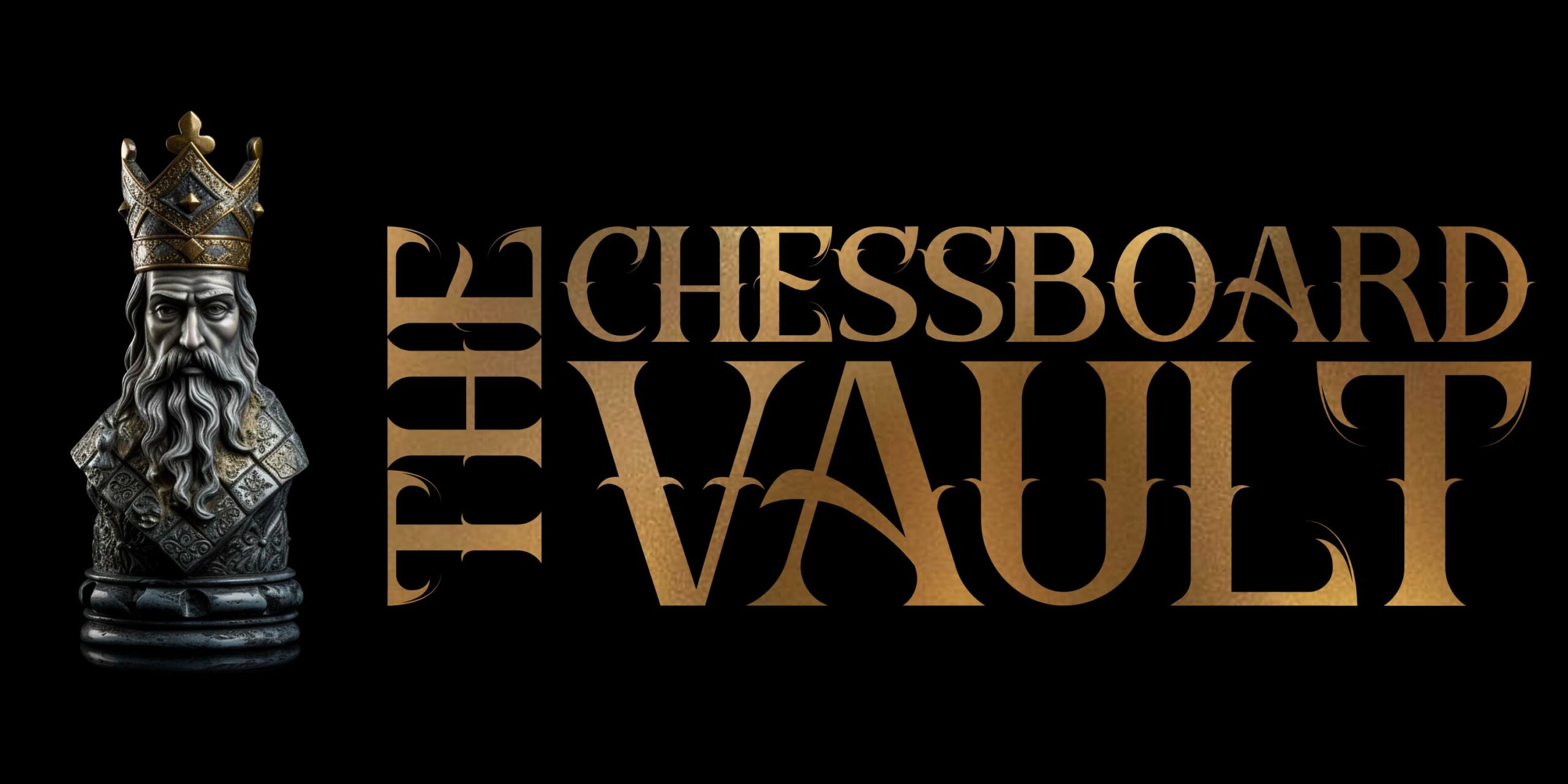The journey of chess software mirrors the broader tale of humanity’s technological evolution. From the rudimentary algorithms of the 1970s to today’s supercomputers challenging and even defeating world champions, chess software has etched an indelible mark on how the game is learned, played, and experienced. Gone are the days when grandmasters were the sole gatekeepers of advanced strategies. Now, even a novice can gain insights from engines that dissect every nuance of a position, offering a learning curve that was once unimaginable. What are the best chess software?
Today’s best chess software serves multiple roles. It’s a tutor, offering tailored lessons based on personal strengths and weaknesses. It’s a sparring partner, always ready for a match regardless of the time of day. It’s an analyst, providing real-time evaluations, and helping players understand the intricate web of possibilities in any given position. And for enthusiasts, it’s a window to global tournaments, allowing them to witness grandmasters’ games in real-time, complete with expert commentary and engine evaluations.
But what truly stands out in this synergy of chess and technology is how software has democratized the game. Players from remote corners of the world, who once had limited access to quality training, now have world-class resources at their fingertips. It’s an exciting time for the chess community, as boundaries blur and the global player base becomes increasingly interconnected, all thanks to the marvel of modern chess software.
As we delve deeper into this subject, we’ll uncover the intricacies of these tools, explore popular choices, and provide insights to guide both seasoned players and curious novices. Welcome to the grand confluence of tradition and technology in the world of chess.
Stockfish
Stockfish is a highly regarded open-source chess engine, renowned for its immense strength and depth of analysis. Originating from Tord Romstad’s Glaurung, an earlier open-source engine, Stockfish has been continuously developed and improved by a team of enthusiasts from all over the world. Its consistent top-tier performance has made it the engine of choice for countless chess players, both amateur and professional.
Unlike commercial software that often comes with a price tag, Stockfish is freely available to anyone. This democratization of a powerful analytical tool has greatly benefited the global chess community. Users can either play against Stockfish to test their skills or use it to analyze games, uncovering intricate nuances and improvements in various positions. Its evaluation is based on a comprehensive understanding of the game, combining tactical sharpness with deeper positional insights.
Over the years, Stockfish’s development has embraced the ethos of collective collaboration. Through its open-source nature, countless developers have contributed to its code, refining algorithms and ensuring that it remains at the cutting edge of computer chess. This collaborative approach has allowed Stockfish to harness the collective wisdom of its global community, making it more robust and versatile.
Another significant aspect of Stockfish is its adaptability. It can be integrated into various chess interfaces and platforms. Whether it’s a desktop software, mobile application, or online chess server, Stockfish often lies at the heart of the analysis, guiding players towards better understanding and decision-making.
In the realm of computer chess, there are other powerful engines, like Lc0, which adopt a neural network-based approach, offering a different perspective on the game. Yet, Stockfish, with its traditional computational approach, has consistently held its own, showcasing its undeniable prowess. It serves as a testament to the capabilities of open-source software and the power of collaborative innovation.
Chessbase
ChessBase stands as an indispensable tool in the world of chess, renowned for its multifaceted capabilities that have revolutionized the way enthusiasts and professionals approach the game. Originating in Hamburg, Germany, in 1986, ChessBase was the brainchild of Matthias Wüllenweber and Frederic Friedel. This software quickly established itself as a pivotal resource, reshaping the landscape of chess preparation and analysis.
At the heart of ChessBase lies its robust database management system. With the ability to store and swiftly navigate through millions of chess games, users can immerse themselves in a vast ocean of historical and modern matches. This extensive database becomes an invaluable reservoir for players looking to research particular openings, patterns, and even the styles of specific opponents. The depth and breadth of this collection offer a unique window into the evolving meta of the game.
Beyond its archiving prowess, ChessBase excels in detailed game analysis. Seamlessly integrating with top-tier chess engines, including titans like Stockfish and Komodo, the software provides razor-sharp insights into each position. Players can unravel intricate subtleties, pinpoint inaccuracies, and discover novel lines, enriching their understanding and honing their skills. This in-depth exploration has made ChessBase a cornerstone for elite players, who frequently turn to it for meticulous preparation.
But ChessBase isn’t just about past games and analysis. It offers gateways to online play, challenging users to pit their skills against a global community. Simultaneously, its rich repertoire of training content, from interactive lessons to puzzles, fosters learning and growth.
ChessBase’s longevity and dominance in the digital chess domain testify to its unmatched utility and sophistication. As the game of chess continues to evolve, ChessBase remains a steadfast companion for those striving to master its intricacies, bridging the past, present, and future of chess with unparalleled elegance.
Fritz
Fritz, in the realm of chess, is synonymous with innovation and adaptability. Developed by Frans Morsch and Mathias Feist in the early 1990s, Fritz quickly climbed the ranks to become one of the premier chess software programs available. Its integration into the ChessBase family, a leading chess software company, further solidified its prominence among chess enthusiasts and professionals alike.
Initially, Fritz’s strength as a chess-playing entity was a key selling point. Over the years, the engine showcased commendable performances in multiple man-versus-machine encounters, notably pitting its wits against world champions and leaving a significant mark. These exhibitions not only captured the imagination of the public but also showcased the advances in artificial intelligence and computational prowess.
However, Fritz is much more than just a competitive chess engine. Its user-friendly interface, coupled with robust analytical tools, has made it a favorite among players looking to dissect their games, understand critical moments, and refine their strategies. The visual representations, hint systems, and multiple modes of game analysis allow users to delve deep into the nuances of positions, making the learning process both intuitive and enlightening.
The software’s adaptability has been evident in its evolution. With the growth of online chess, Fritz extended its capabilities to offer online play, connecting users with a global player base. Its integration with other ChessBase products, such as databases and cloud services, has further enhanced its utility, turning it into a comprehensive chess ecosystem.
While the world of computer chess has seen the rise of several formidable engines in recent years, Fritz continues to hold its ground, not just as a playing engine but as a holistic chess companion. For many, Fritz remains a trusted guide in their chess journey, illuminating paths, challenging preconceptions, and fostering a deeper appreciation of the game’s beauty and complexity.
Rybka
Rybka, a name derived from the Czech word for “little fish,” made a significant splash in the world of computer chess shortly after its inception. Created by International Master Vasik Rajlich in the mid-2000s, Rybka rapidly surged to prominence, becoming a force to reckon with in computer chess tournaments and soon establishing itself as the top chess engine of its time.
Rybka’s ascendancy in the world of computer chess was characterized by its overwhelming dominance over other engines. With its deep positional understanding, sharp tactical acumen, and innovative evaluation techniques, Rybka set new benchmarks in engine play. For several years, it was the preferred choice for top players, analysts, and enthusiasts seeking to understand intricate positions, explore new openings, or simply enjoy a challenging game against a formidable artificial opponent.
Yet, Rybka’s journey was not without its controversies. In 2011, the International Computer Games Association (ICGA) accused Rybka of violating the originality clause in its tournaments, alleging that it borrowed code from other open-source engines. Consequently, Rybka was retroactively stripped of its titles and banned from future ICGA events. While this stirred significant debates in the chess community, it didn’t negate Rybka’s influence and contributions to the evolution of computer chess.
Despite the setbacks, Rybka’s legacy in the realm of chess engines is undeniable. It ushered in an era where engines transitioned from being mere analytical tools to indispensable companions for grandmasters and serious students of the game. Its nuanced approach to positions, often likened to human-like thinking, provided fresh insights into longstanding chess conundrums.
While newer engines have since emerged and claimed the top spots in computer chess rankings, Rybka’s impact remains evident. It bridged the gap between the human understanding of chess and the computational might of machines, inspiring a new generation of engines and forever altering the landscape of digital chess.
Komodo
Komodo is a name that resonates deeply within the chess community, symbolizing a blend of depth, precision, and innovation in the world of computer chess. Developed by Don Dailey, Larry Kaufman, and later joined by Mark Lefler, Komodo emerged as one of the top-tier chess engines, consistently showcasing prowess that rivaled, and at times surpassed, other leading engines of its era.
What set Komodo apart from its peers was not just its raw computational strength, but its nuanced understanding of the game. Komodo exhibited a fine balance, adeptly navigating complex positional scenarios while also displaying razor-sharp tactical acumen. This balanced approach was often attributed to Larry Kaufman’s grandmaster insights, which complemented Don Dailey’s programming expertise, resulting in an engine that played chess with a harmonious blend of human-like intuition and machine precision.
Throughout its evolution, Komodo has been renowned for its adaptability. The engine embraced Monte Carlo Tree Search (MCTS) techniques, which, when combined with traditional alpha-beta search, created a distinctive style of play. This hybrid approach allowed Komodo to offer unique insights into positions, distinguishing itself from engines that solely relied on brute force computation.
Komodo’s influence in the chess world extended beyond mere engine-versus-engine battles. Professionals and enthusiasts alike turned to Komodo for game analysis, opening preparation, and endgame studies. Its ability to elucidate complex positions, offering perspectives that were both profound and instructive, made it an invaluable tool for players aiming to elevate their understanding of the game.
In a domain characterized by rapid advancements and intense competition, Komodo’s sustained relevance is a testament to its foundational strengths and the vision of its developers. While the landscape of computer chess continues to evolve, Komodo’s legacy as a trailblazer and a beacon of excellence remains firmly etched in the annals of digital chess history.

